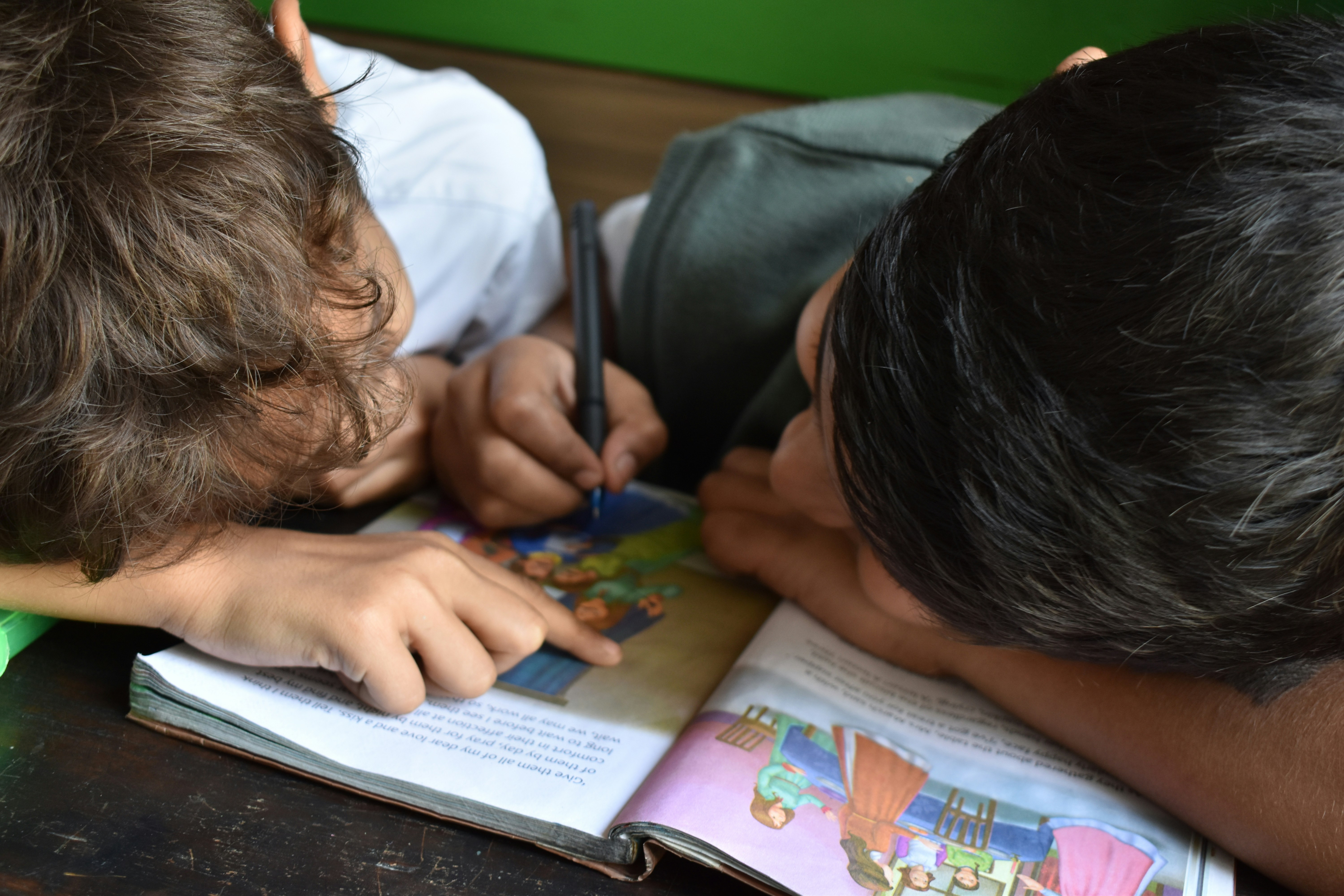Unlocking Language Fluency: 5 Developmental Stages for Children
From a baby's first babble to their first full sentence, language development is an incredibly fascinating journey. As children grow, they gradually learn to express themselves. Understanding what builds up their communication skills can help parents better support their child's growth.

Read on to find out some fun facts on how language fluency is developed in children.
1. Early Language Exposure
Never underestimate the power of early exposure — long before babies utter their first words, they are already absorbing language from the world around them. From listening to their parents talk to recognising familiar voices, infants start making sense of sounds from birth. When they are just a few months old, they can already distinguish speech patterns of their native language and this sets the foundation for future communication.
2. Vocabulary Expansion
Once toddlers start talking, their vocabulary quickly expands. Every day, they pick up new words through interactions, stories, and even play time. By the time they turn three, many children can express themselves using several hundred words! Repetition and exposure play a big role here so conversations and storytelling are important in helping to reinforce their growing vocabulary.
3. Socialising with Language
Language isn't just about words, it's about connecting with others. As children engage with family members, friends, and teachers, they learn how to use language in different settings. Whether it's asking questions, sharing a story, or expressing emotions, these everyday interactions teach kids how to adapt their speech and communication effectively.
4. Reading
Reading is one of the most powerful tools for language development. Exposure to books, whether through bedtime stories, or exploring picture books, helps children grasp sentence structures, recognise alphabets, and understand that words carry meaning. Even before they can read on their own, they are already learning key literacy skills that will set them up for success.
5. Continued Language Learning
Even after mastering basic communication, language learrning never truly stops, continuing throughout one's life. As kids engage in reading, writing, and conversations, they refine their skills, expanding their vocabulary, and develop a deeper understanding of language. Encouraging rich language experiences such as storytelling, discussions, and creative writing, can further enhance their fluency.
Supporting your child's language journey
Every child develops at their own pace, but creating a language-rich environment can make all the difference. Talking, reading, and engaging with children in meaningful conversations can strengthen their skills and confidence.
Curious to learn more? Join our complimentary learning activities and discover some fun ways to support your child through their growth journey!
Like what you read? Follow us on Facebook, Instagram, LinkedIn and TikTok to get the latest updates.
Sources: The Language Instinct, How Children Learn Language, National Association for the Education of Young Children (NAEYC), Harvard Center on the Developing Child
Posted on 20/05/24